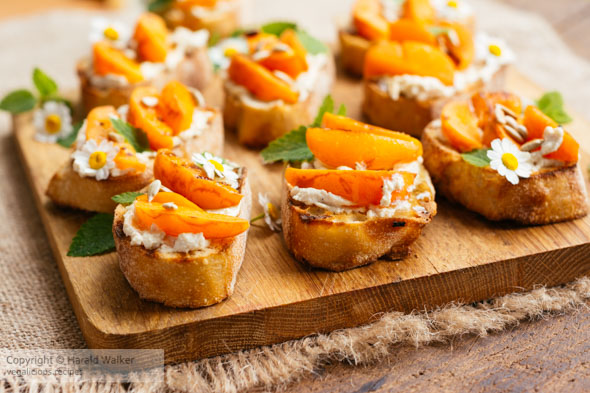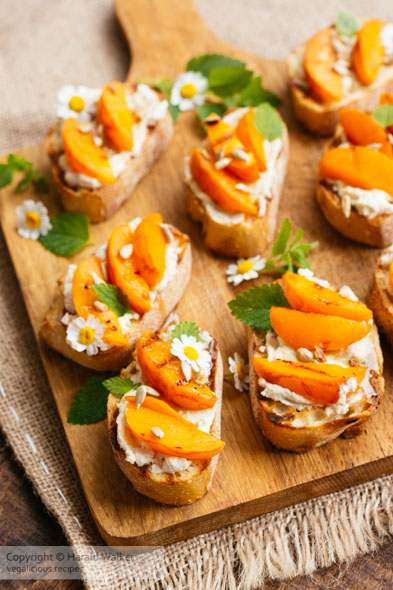MADARA FAKE IT Healthy Glow Self Tan Serum

MADARA FAKE IT’s self-tan serum is a vegan formula designed to give pale skin a subtle, healthy glow. With a light texture and a pleasant, uplifting scent, the MADARA serum is best applied overnight, just before your usual moisturiser. As well as offering a subtle, buildable glow, this serum also works to hydrate and plump up the skin - as it’s unique blend of natural ingredients includes hyaluronic acid and vitamin E.
Hydrea Gloves

For best results from any tinted body lotions or self-tan formulas, it’s best to prep and exfoliate the skin beforehand. Skip any regular scented scrubs, or soaps, as they can create a moisturised barrier on the skin which will result in blotchy, irregular tan. Instead, use a dry skin brush, or an exfoliating mitt in the shower. We particularly enjoy the Carbonised Hydrea gloves, as these textured gloves are made from breathable bamboo and have natural antibacterial properties.
Sunless Glow, Evolve

Sunless Glow by Evolve is a gradual tanner that works to nourish and moisturise the skin at the same time. Perfect for those of us who are looking for a fake tan but don’t regularly use self-tan products, Sunless Glow removes the need to exfoliate or prep the skin beforehand, as it soaks into the skin exactly how it is, with minimal effort required. Packed with natural ingredients such as aloe vera, papaya and shea butter, Evolve’s Sunless Glow helps you achieve a natural-looking, silky glow all whilst nourishing skin and leaving it perfectly hydrated.
Fushi Vitamin E Skin Oil

If you’re a regular tanner and are looking for an oil to apply to tougher areas to achieve all-over, even, fake-tan coverage, then Fushi’s Vitamin E Skin Oil is the product to invest in. Apply to elbows, knees, ankles or other troublesome areas before tan application to achieve the best results. Fushi’s vitamin E oil acts as a hydrating, smooth barrier and stops the tan from catching, as it does regularly on usual scrubs or moisturisers. Carry on keeping your skin hydrated post-application with this nourishing oil to maintain a healthy glow and get the most out of your tan.
Ere Perez Bronzer in Roma
For an easy-to-apply, warm glow, Ere Perez’s bronzer/blush duo is an excellent option. We absolutely love the colour of this bronzer and it works well on all skin tones to build up a dewy, sunkissed glow. This finely milled, pigmented duo builds up on the skin beautifully and has no orange undertones or needless shimmer to worry about. Wear alone and sweep evenly across the face and decolletage for buildable, beautiful colour, or wear atop of foundation for extra full-coverage warmth.
from Planet Organic Blog https://ift.tt/2Yuucca
via How to Save Money When Buying Organic Foods
























